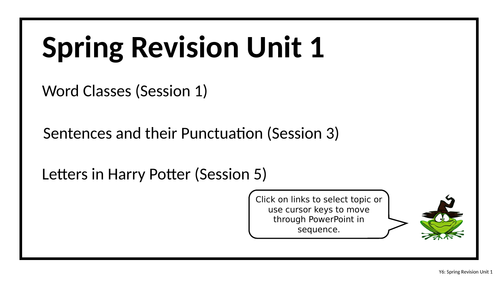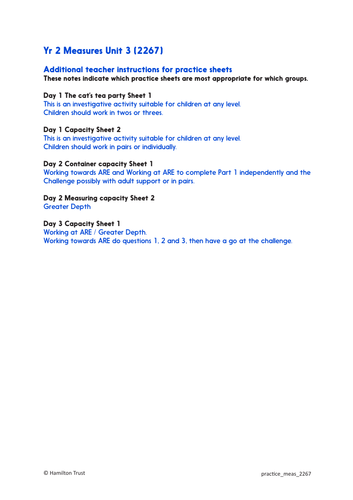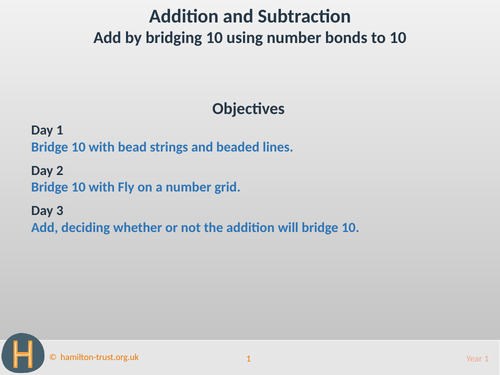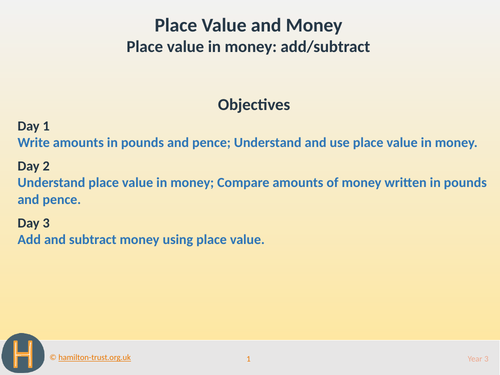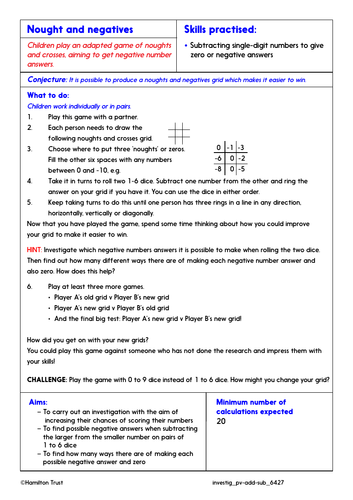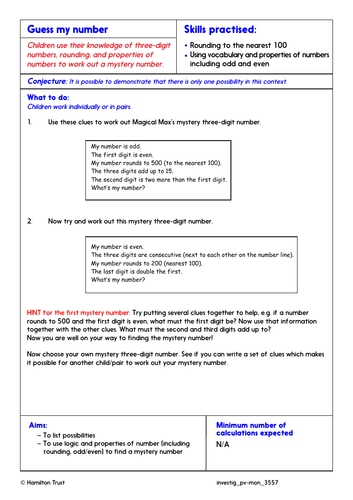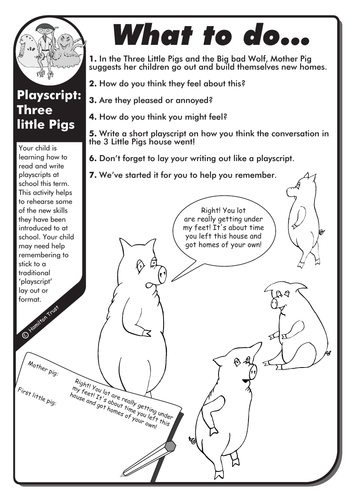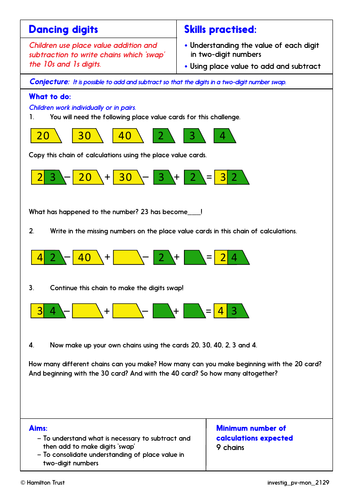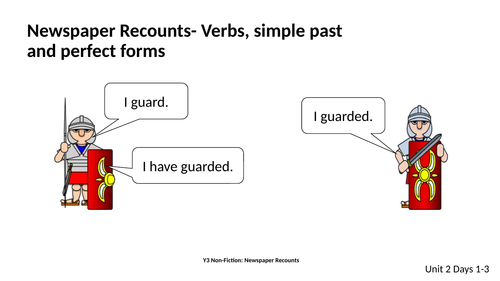
3k+Uploads
9986k+Views
11600k+Downloads

Conjunctions and adverbs for cohesion (Presentation & Exercises) - Year 5 SPAG
Revise conjunctions and adverbs, exploring their role in cohesion and persuasion and the different ways they function in joining and linking clauses.
SPAG resources that cover the following grammar objectives:
– Use devices to build cohesion within a paragraph [conjunctions & adverbs].
– Use and understand the grammatical terminology in English Appendix 2 accurately and appropriately in discussing their writing and reading.
Included in this unit:
Up to 3 days of teaching.
Presentation that can be used on a variety of interactive whiteboards.
Group activity resources.
This SPAG Unit is part of a larger block on Persuasion and Argument.
Find additional teaching on Hamilton’s Year 5 English Block about Persuasion and Argument.

Practice Worksheets: Measure capacities in half litres and litres (Year 2 Measures)
Year 2 Measures: Measure capacities in half litres and litres.
Procedural fluency Practice Worksheets to achieve maths mastery. Differentiated for children working towards Age Related Expectations (ARE), at ARE and at greater depth.
Day 1
Investigate the numbers of mugs that can be poured from a teapot of given capacity. Make paper containers, then compare and estimate their capacities.
Day 2
Sort a variety of containers under headings: more than 1 litre and less than 1 litre.
Interpret capacity data from a bar graph.
Day 3
Estimate and order container capacity relative to 1/2 a litre and 1 litre.
These procedural fluency practice sheets are part of our Year 2 Measures block. Each Hamilton maths block contains a complete set of planning and resources to teach a terms worth of objectives for one of the National Curriculum for England’s maths areas.

Devices to build cohesion - Presentation & Exercises
Grammar teaching presentation and grammar exercises.
The teaching presentation includes 22 slides that cover:
Devices to build cohesion within and across paragraphs.
Pronouns
Determiners
Subordinating Conjunctions
Adverbs
Paragraphs
Adverbials (including place, number, time)
Topic Sentences
Each cohesive device is introduced, clearly explained, and an example is provided. The class is asked some simple questions to check understanding.
We then provide grammar exercises for children to:
Practise using conjunctions correctly
Practise using cohesive devices within a paragraph
Each collection of exercises is made up of three sets. Set A is the easiest or most accessible, Set C is the hardest or uses more complex language.
This resource is aimed at UKS2. Use the presentation to introduce or revise a grammatical concept as a stand-alone lesson or add on the accompanying exercises for children to practise and apply their knowledge.

Italian Weather
Children continue their study of modern day Italy, looking at the climate and at how this differs from the climate in the UK. They investigate holiday brochures and plan the places they would like to visit if taking a holiday in Italy.
Suitable for years 3 and 4.
Find other lesson plans and resources at www.hamilton-trust.org.uk.

Children discuss the advantages and disadvantages of texting and emails, then write an email with attachments to an email ‘pen pal’ about their favourite session from this topic.

The Festival of Britain
Children watch TV footage and research the festival of Britain. They make a postcard of their favourite part and write a message on the back about what they liked.

Add by bridging 10 using number bonds to 10 - Teaching Presentation - Year 1
This presentation provides three days of teaching that cover the objectives:
Bridge 10 with bead strings and beaded lines.
Bridge 10 with Fly on a number grid.
Add, deciding whether or not the addition will bridge 10.
It includes starter activities, whole class teaching, group activities, practice sheets and mastery questions. It can be used on a variety of interactive whiteboards.
Day 1 Teaching
Show children the bead bar. Slide 8 beads to one side. Model adding 3 by sliding 2 beads to make 10, then 1 more. Repeat to show 7 add 5 by adding 3 to make 10 and then adding 2 more beads. When we add in two steps like this, stopping at 10, we call it bridging 10. Repeat, to find 8 + 5, 6 + 5 and 9 + 6, bridging 10 on the bead bar, with children replicating on bead strings.
Day 2 Teaching
Show children a 1-100 number grid and Fly. Remind them that Fly can make a short flight to the next 10 from any number. Demonstrate adding 5 to 25 using Fly. Then model adding 5 to 17, using Fly to go to 20 first, and then counting on 2 more. Record: 17 + 5 = 22. Do you see how we bridged 20, a 10s number? Repeat for 28 + 6 and 36 + 5.
Day 3 Teaching
Use a 100 bead bar to show children 36 + 5, an addition bridging 10. Then discuss how we can recognise if an addition will need to cross a 10s number. Repeat for 57 + 4 and 35 + 7. Model drawing hops for 35 + 7 on a beaded line.
This teaching is part of Hamilton’s Year 1 More Addition and Subtraction block. Each Hamilton maths block contains a complete set of planning and resources to teach a term’s worth of objectives for one of the National Curriculum for England’s maths areas.

Teaching Presentation: Place value in money: add/subtract. (Year 3 Place Value and Money)
This presentation provides three days of teaching that cover the objectives:
Develop understanding of place value in money.
Use to add and subtract.
It includes starter activities, whole class teaching, group activities, practice sheets and mastery questions. It can be used on a variety of interactive whiteboards.
Day 1 Teaching
Show 3 large pound coins, a 50p coin and a 2p coin (or IWB coins). How much money is here? How can we write it? Revise how we write this as £3.52. Rehearse writing amounts of money.
Day 2 Teaching
Display the Money place value grid (see resources). Remind children how to write amounts in £ and p. Write amounts including those containing 0 on the PV grid. Compare the amounts using symbols.
Day 3 Teaching
Play the ‘Nasty Game’ and record place value additions such as £2 + 30p + 5p, £2.05 + 30p, etc. Check all possibilities. Ensure children are confident in writing amounts such as £2.05 and do not write this as £2.5. Ask children to write subtraction sentences for same amount.
This teaching is part of Hamilton’s Year 3 Place Value and Money block. Each Hamilton maths block contains a complete set of planning and resources to teach a term’s worth of objectives for one of the National Curriculum for England’s maths areas.
Bundle

Complete Revision for SATs - Harry Potter-themed Revision Plans
Make your Y6 Spring Revision Term children’s best term ever!
Revise all necessary grammar, punctuation and spelling for the Year 6 SPAG tests, as well as reading, comprehension and writing objectives within an inspirational term’s work that follows the sequence of Harry Potter and the Philosopher’s Stone.
You can teach it all, or pick and mix. The 5-minute grammar revision sessions, for example, work brilliantly as stand-alone teaching elements.
This Year 6 English revision block is designed to provide a truly inspirational term’s work. It is divided into eight themed units that guarantee an exciting and stimulating literary experience, as well as covering all necessary revision, including the grammar, punctuation and spelling for the SPAG tests as well as reading, comprehension and writing. Units 1-5 follow the sequence of Harry Potter and the Philosopher’s Stone, allowing the class to read the book alongside the teaching. The final units (6-8) select some of the best bits from the rest of the series, whilst avoiding spoilers.
Finish off the term with a mock test and a celebration!
You can also access this Harry Potter themed revision block on the Hamilton website.

Understand/calculate negative numbers - Problem-Solving Investigation - Year 6
This in-depth maths investigation is an open-ended problem solving activity for Year 6 children. It can be used to support teaching towards the place value, addition and subtraction objectives: understand negative numbers and perform calculations across 0.
In-depth Investigation: Noughts and Negatives
Children play an adapted game of noughts and crosses, aiming to get negative number answers.
This investigation will develop maths meta-skills, support open-ended questioning and logical reasoning, and enable children to learn to think mathematically and articulate mathematical ideas.
This problem-solving investigation is part of our Year 6 Place Value, Addition and Subtraction block. Each Hamilton maths block contains a complete set of planning and resources to teach a term’s worth of objectives for one of the National Curriculum for England’s maths areas.

Add numbers with up to 3 decimal places - Problem-Solving Investigation - Year 6
This in-depth maths investigation is an open-ended problem solving activity for Year 6 children. It can be used to support teaching towards objective: Add numbers with up to three decimal places.
In-depth Investigation: Decimal Pyramids
Children add numbers with 3 decimal places to give a number with 2 decimal places. They add numbers with 2 decimal places to give a number with 1 decimal place. They then add numbers with 1 decimal place to give a whole number.
This investigation will develop maths meta-skills, support open-ended questioning and logical reasoning, and enable children to learn to think mathematically and articulate mathematical ideas.
This problem-solving investigation is part of our Year 6 Decimals and Fractions block. Each Hamilton maths block contains a complete set of planning and resources to teach a term’s worth of objectives for one of the National Curriculum for England’s maths areas.

Represent 3-digit numbers in diff ways - Problem-Solving Investigation - Year 3
Year 3 Place Value and Money: Represent 3-digit numbers in many different ways; round numbers to 10 and 100.
This in-depth maths investigation will develop maths meta-skills, and enable children to learn to think mathematically and articulate mathematical ideas.
In-depth Investigation: Guess my Number
Children use their knowledge of 3-digit numbers, rounding, and properties of numbers to work out a mystery number.
This problem-solving investigation is part of our Year 3 Place Value and Money block. Each Hamilton maths block contains a complete set of planning and resources to teach a term’s worth of objectives for one of the National Curriculum for England’s maths areas.

Playscript: Three Little Pigs - English Homework - LKS2
English Homework activity for LKS2:
Write a short playscript, using the correct layout, based on the conversation between Mother Pig and the Three Little Pigs as she sent them out to make their new homes.
Looking for English planning? Using high quality texts as a starting point, our creative and stimulating English plans incorporate grammar teaching in context and offer meaningful writing opportunities. Find out more at Hamilton Trust.

Write dialogue using correct punctuation and a variety of reporting clauses - Year 4 SPAG
Writing and Punctuating Dialogue PowerPoint
Teach children how to write dialogue, adding the reporting clause at the start, in the middle or at the end of the speech. Rehearse end of sentence punctuation.
SPAG resources that cover the following grammar objectives:
– Use and punctuate direct speech.
Included in this unit:
Up to 3 days of teaching.
Presentation that can be used on a variety of interactive whiteboards.
Group activity resources.
This SPAG Unit is part of a larger block on Reports - Narratives of Liberation.
Find additional teaching on Hamilton’s Year 4 English Block about Reports - Narratives of Liberation.

Use modal verbs and adverbs to indicate degrees of possibility - Year 5 SPAG
Learn how modal verbs modify verbs to indicate possibility, ability or obligation. Look at how modal verbs can be used to express shades of meaning.
SPAG resources that cover the following grammar objectives:
– Use modal verbs or adverbs to indicate degrees of possibility
Included in this unit:
Up to 3 days of teaching.
Presentation that can be used on a variety of interactive whiteboards.
Group activity resources.
This SPAG Unit is part of a larger block on Kensuke’s Kingdom.
Find additional teaching on Hamilton’s Year 5 English Block about Kensuke’s Kingdom.
Bundle

Year 3 Fractions - Problem-Solving Investigations
These in-depth maths investigations are open-ended problem solving activities for Year 3 children.
In-depth Investigation: Fraction Clues
Children use their knowledge of fractions and tables to find mystery numbers.
In-depth Investigation: Fraction Bets
Children look at fractions and make a hypothesis of which ones are closest. They then test this out by placing fractions on a line.
In-depth Investigation: Greedy Guzzler
Children explore which is the greater fraction of a set amount. They also fold strips to look at the fractions.
These investigations will develop maths meta-skills, support open-ended questioning and logical reasoning, and enable children to learn to think mathematically and articulate mathematical ideas.
These problem-solving investigations come from our Year 3 Maths Blocks. Each Hamilton maths block contains a complete set of planning and resources to teach a term’s worth of objectives for one of the National Curriculum for England’s maths areas.

Practice Worksheets: Add/subtract 11, 12, 21, 22, etc (Year 2 More Addition and Subtraction)
Year 2 More Addition and Subtraction: Add/subtract 11, 12, 21, 22, etc. to/from 2-digit numbers.
Procedural fluency Practice Worksheets to achieve maths mastery. Differentiated for children working towards Age Related Expectations (ARE), at ARE and at greater depth.
Day 1
Most children create their own questions by selecting pairs of numbers to add. Some will complete a challenge involving missing numbers.
Day 2
Children are set different challenges to add 11, 12, 13, 21, 22, 23, 31, 32 or 33 to other 2-digit numbers; answers ≤110.
Day 3
Children calculate which of a set of given numbers is required to make a set of given calculations correct.
These procedural fluency practice sheets are part of our Year 2 More Addition and Subtraction block. Each Hamilton maths block contains a complete set of planning and resources to teach a terms worth of objectives for one of the National Curriculum for England’s maths areas.

Problem-Solving Investigation: Place value in 2-digit numbers (Year 2 Place Value and Money)
Year 2 Place Value and Money: Place value in 2-digit numbers.
This in-depth Maths Investigation will develop maths meta-skills, and enable children to learn to think mathematically and articulate mathematical ideas.
In-depth Investigation: Dancing Digits
Children use place value addition and subtraction to write chains which ‘swap’ the 10s and 1s digits.
This problem-solving investigation is part of our Year 2 Place Value and Money block. Each Hamilton maths block contains a complete set of planning and resources to teach a terms worth of objectives for one of the National Curriculum for England’s maths areas.

Problem-Solving Investigation: Understanding and identifying 2-D shapes (Year 1 Shape and Data)
Year 1 Shape and Data: Understanding and identifying 2-D shapes
This in-depth Maths Investigation will develop maths meta-skills, and enable children to learn to think mathematically and articulate mathematical ideas.
In-depth Investigation: Shape Wheels
Children make a sequence of coloured shapes, changing one attribute at a time so that the sequence can end where it started, forming a circular sequence.
This problem-solving investigation is part of our Year 1 Shape and Data block. Each Hamilton maths block contains a complete set of planning and resources to teach a terms worth of objectives for one of the National Curriculum for England’s maths areas.

Verb tense, perfect form and role-play (Presentation & Exercises) - Year 3 SPAG
Presentation and practice exercises to teach children about verbs, noting what defines an active verb. Explain tense, and introduce present, simple past, then present perfect form.
SPAG resources that cover the following grammar objectives:
– Use the present perfect form of verbs in contrast to the past tense
(Revise simple past and present verb forms)
Included in this unit:
Up to three days of teaching
Presentation that can be used on a variety of interactive whiteboards.
Group activity resources.
This SPAG Unit is part of a larger block on Newspaper Recounts.
Find additional teaching on Hamilton’s Year 3 English Block about Newspaper Recounts.

